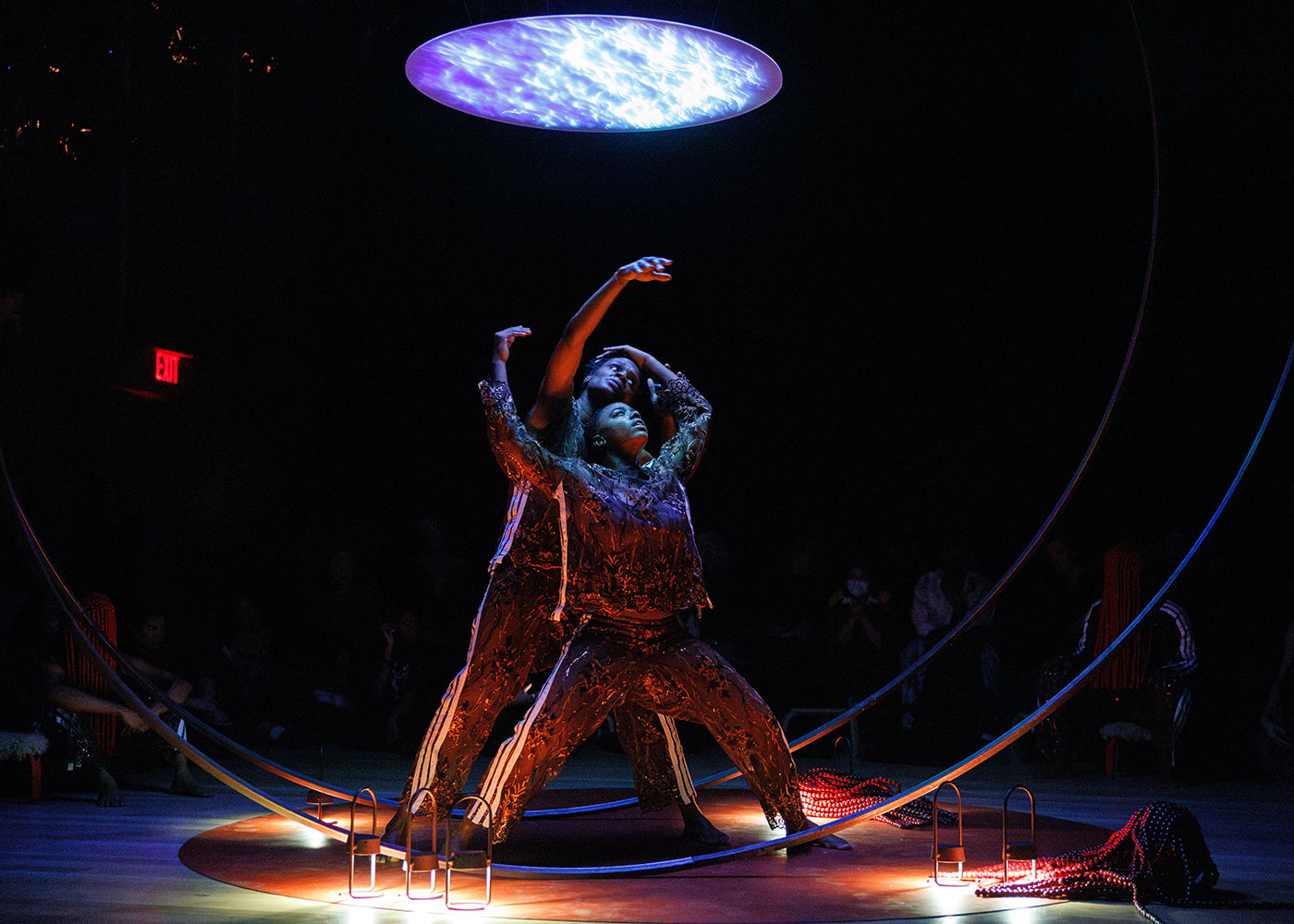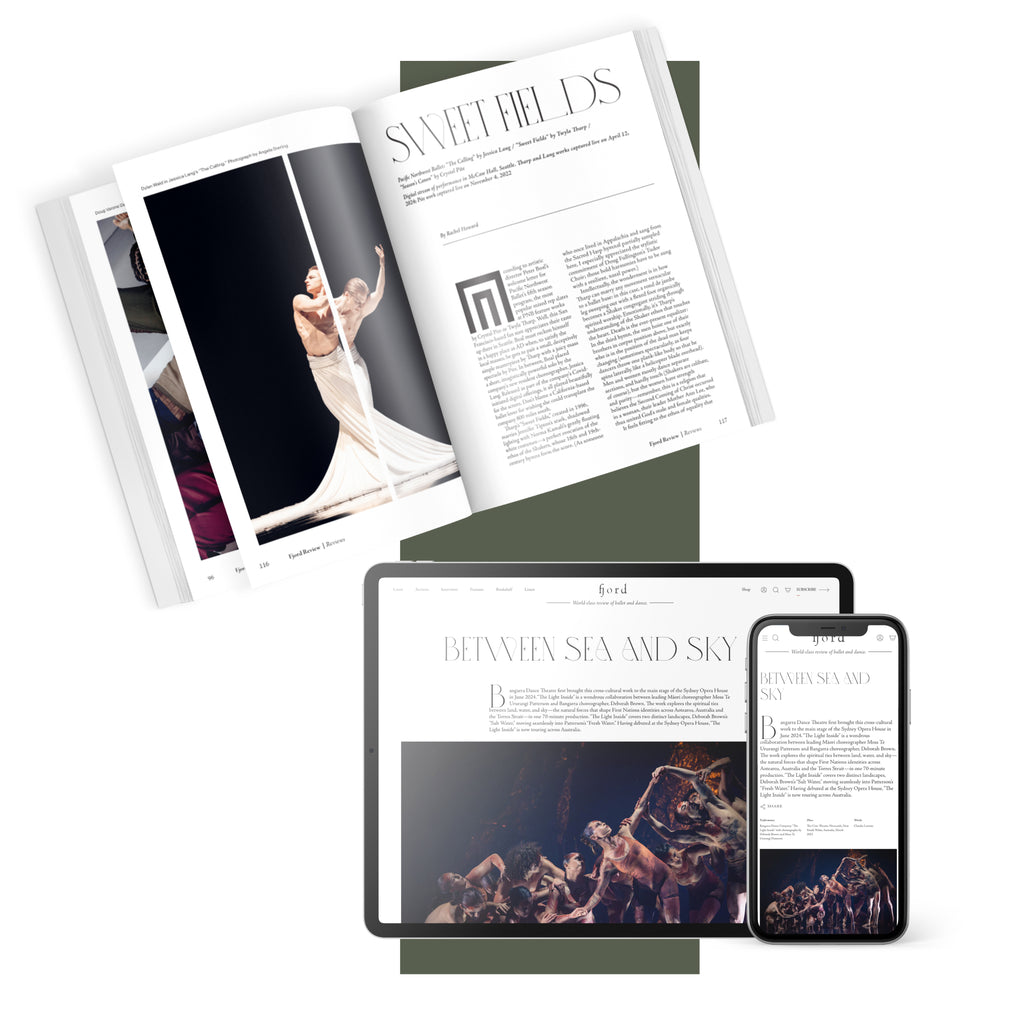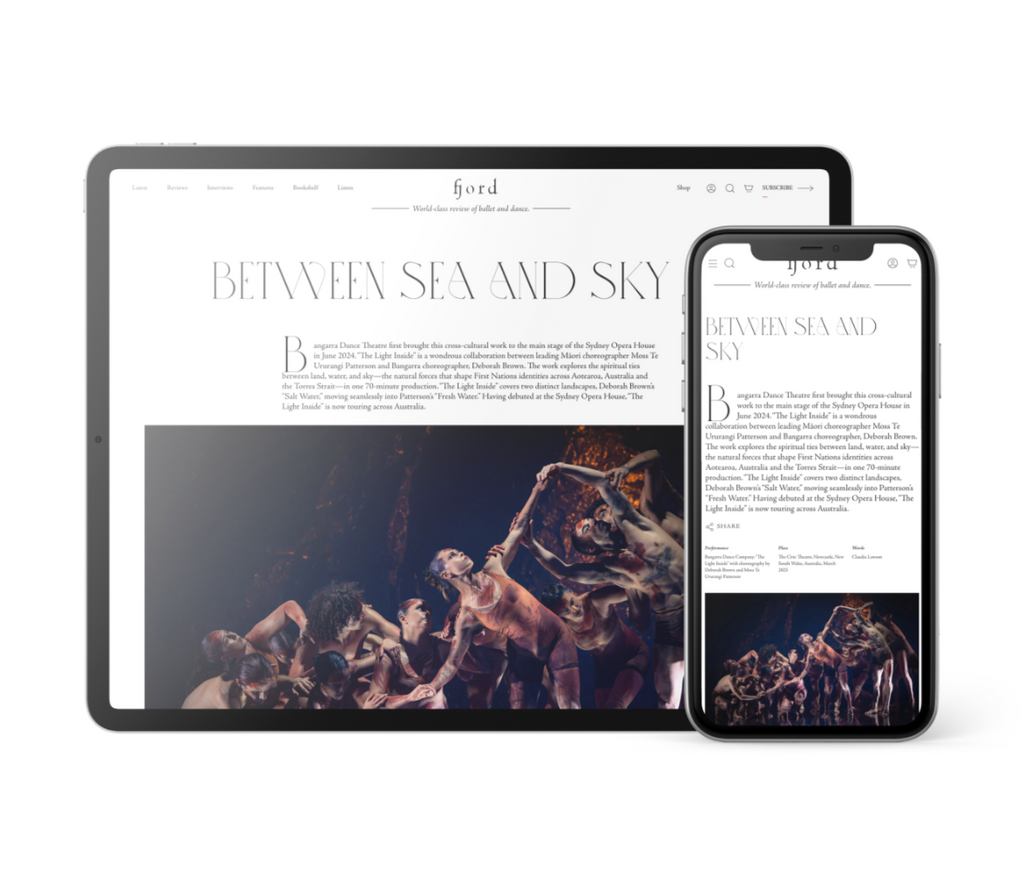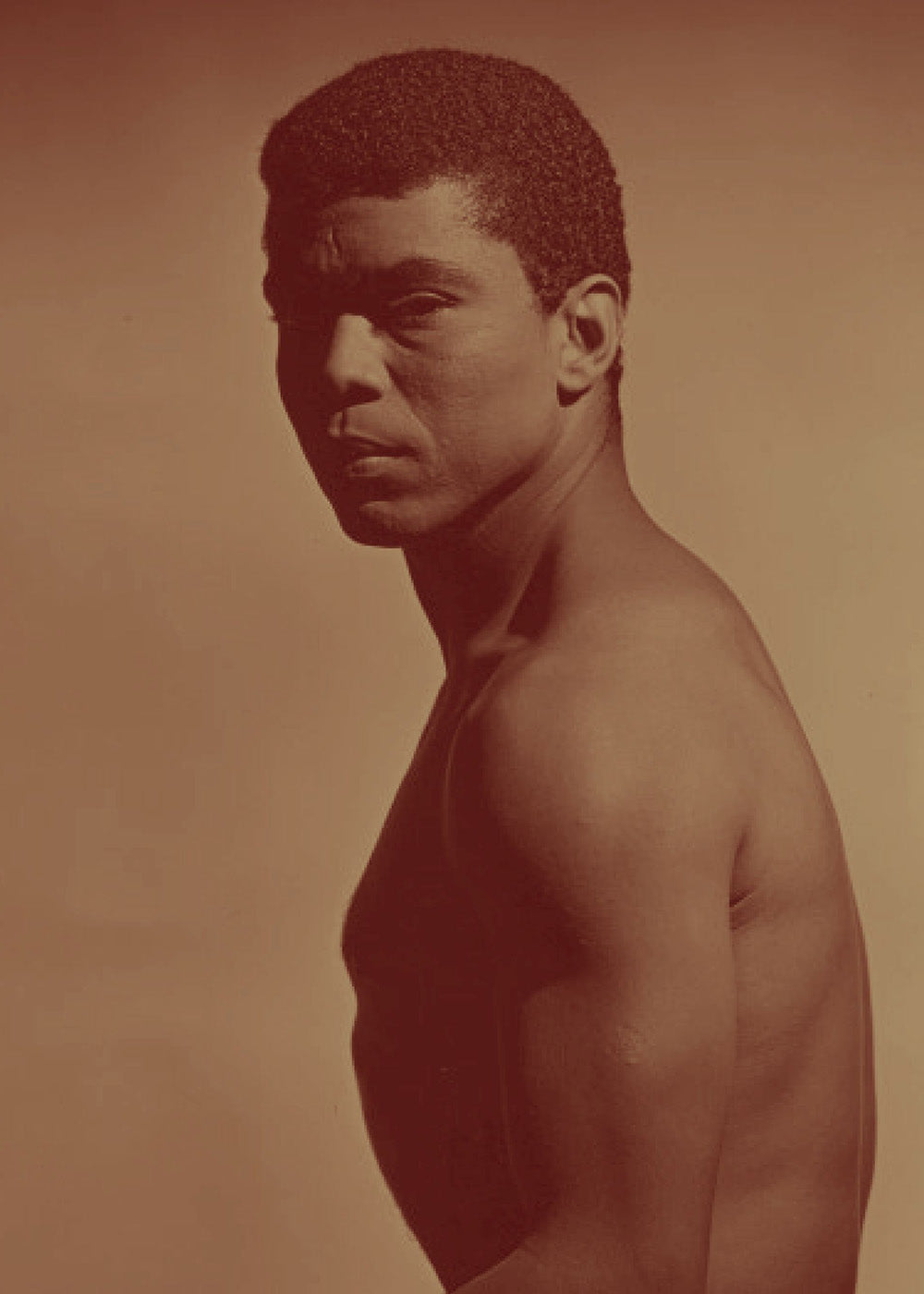“We were also mindful of the fact that whatever a Black dancer’s artistic sensibility might be, they all must contend in one way or another, whether they want to or not, with dance in Mr. Ailey’s wake or, to put it another way, dance after Ailey,” writes Edwards.
Inside this ever-expanding universe—or “multi-verse” to quote Edwards—the word lineage seemed to lose all meaning. Instead, Ailey’s reach extended in all directions.
Okpokwasili and Born channel this generative state with “Let Slip.” The audience is told there is no right time to enter or leave the installation. This sets up a feeling of continuity that is made manifest in its sacred circles and symbolic set: a round red mat on the floor, steel circles framing it, the dancers tracing the curves in their walking pattern, the audience seated on all sides, and a cosmic projection of red dots periodically spraying over everything.
In a looping structure, one dancer takes the mantle from the next, but not before finding as many points of contact with the previous dancer as possible: head to stomach, front to back like spoons, chins on shoulders. They grapple, cradle, push against, shake, and support each other, but ultimately, they give way, make room, and accompany each other like companions on a long journey.











comments